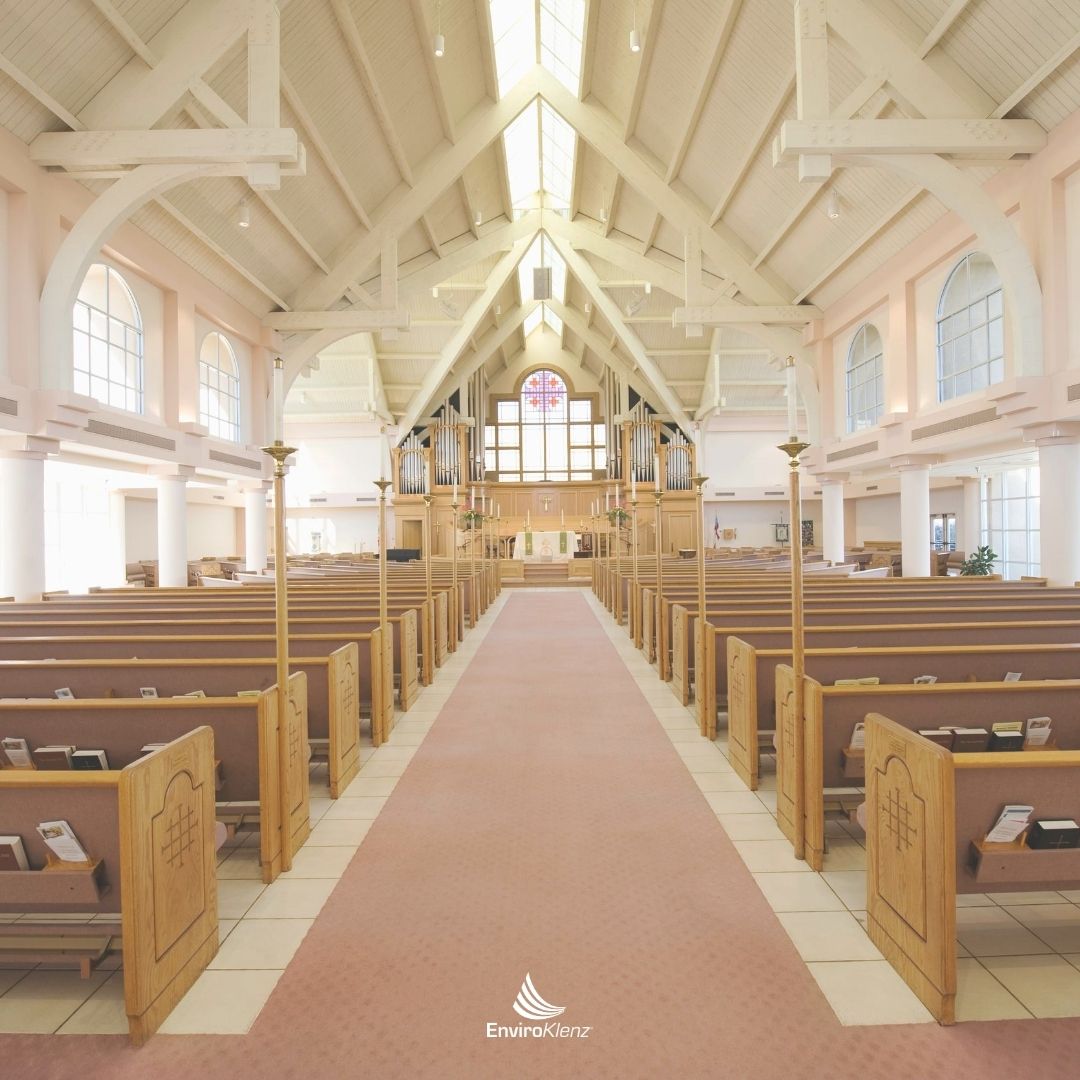Millions of Americans embrace worship and faith as an essential part of life. Gathering together with like-minded individuals is at the heart of many communities of faith. Unfortunately, the risks caused by COVID-19 halted many in-person interactions, leaving many members of faith communities feeling isolated. According to the CDC, gatherings in enclosed spaces greatly increases the risk of spread within a community.
In this article, we will share guidelines and advice to support a safe opening for places of worship.
General guidelines for communities of faith
Places of worship need to take protective measures to reduce the risk of spreading COVID-19 within our faith communities. It is recommended that they follow guidelines carefully and document their plans to reduce risks.
In a reopening plan, places of worship should include:
- A reschedule for reopening
- Provide a clear schedule and share any changes to members of the community
- Share protective actions that will reduce the risk of COVID-19
- Identify who is responsible for upholding and implementing the plan
- Make clear to members that there will still be a risk of spread among participants
The main ways that faith communities can reduce the risk of spread is through maintaining social distancing, pre-screening, sanitizing surfaces, and improving indoor air quality.

Major indoor air pollutants in a worship environment
Air quality has a big impact on the people who attend a place of worship. Many contaminants in the air can cause health issues, from pollutants to harmful chemicals. Many sacral buildings have poor ventilation through doors, small air inlets, and window leaks. This causes an uneven distribution of fresh air and allows for outdoor pollutants to come in.
There is an array of pollutants that can affect indoor air quality in places of worship:
Combustion pollutants from candles
A lot of volatile organic compounds (VOCs) are released into the air when candles are burning. Read more: “Are soy candles safe?”.
Biological pollutants
Biological pollutants such as dust, pollen, mold, mildew, and bacteria.
VOCs
Cleaning products and furniture are common sources of VOCs that may be harmful.
Harmful chemicals inside older buildings
Harmful chemicals inside older buildings that may be impacted by asbestos, lead paint, and even radon from underneath the building.
The best thing you can do is eliminate the sources of pollutants from your indoor space. However, sacred buildings are a contentious topic. Since they accommodate many people in short bursts of time, there are often rapid changes to its air quality.

How to improve your church’s air quality
With the risks of COVID-19 and general pollutants that are found within sacred buildings, you’ll want to find the best ways to improve air quality within your church and help your congregation stay happy and healthy.
The most effective way to improve air quality for your place of worship is through an air purifier. We recommend the EnviroKlenz Air System Plus, which combines an advanced patented earth mineral technology that eliminates toxic and noxious chemicals and odors, HEPA filtration, and ultraviolet germicidal radiation (UVC). The medical-grade HEPA filter removes particles as small as 0.3-microns at a 99.99% efficiency. The EnviroKlenz Air System Plus does not contain any chemicals or masking agents and will not release any chemicals back into your environment.
Having a top of the range air purifier is a great step towards making your place of worship safer and more comfortable for your community. Even in quiet moments of reflection and praise, the EnviroKlenz Air System Plus will continue to work efficiently with its low Whisp-Air speed to keep the air in your church clean and pollutant-free.
EnviroKlenz® Medical Disclaimer:
“Any information that is provided on this website is not for the use by any commercial or personal entity without expressed written consent of the blog author. The material and statements illustrated within this blog are not intended to diagnose, treat, cure, or prevent any diseases or medical conditions. Nor does the author in any way guarantee or validate the validity, totality, or efficacy of any claims and will therefore not be held responsible for the content of any claims. Always consult your medical physician for any specific medical advice or recommendations.”

